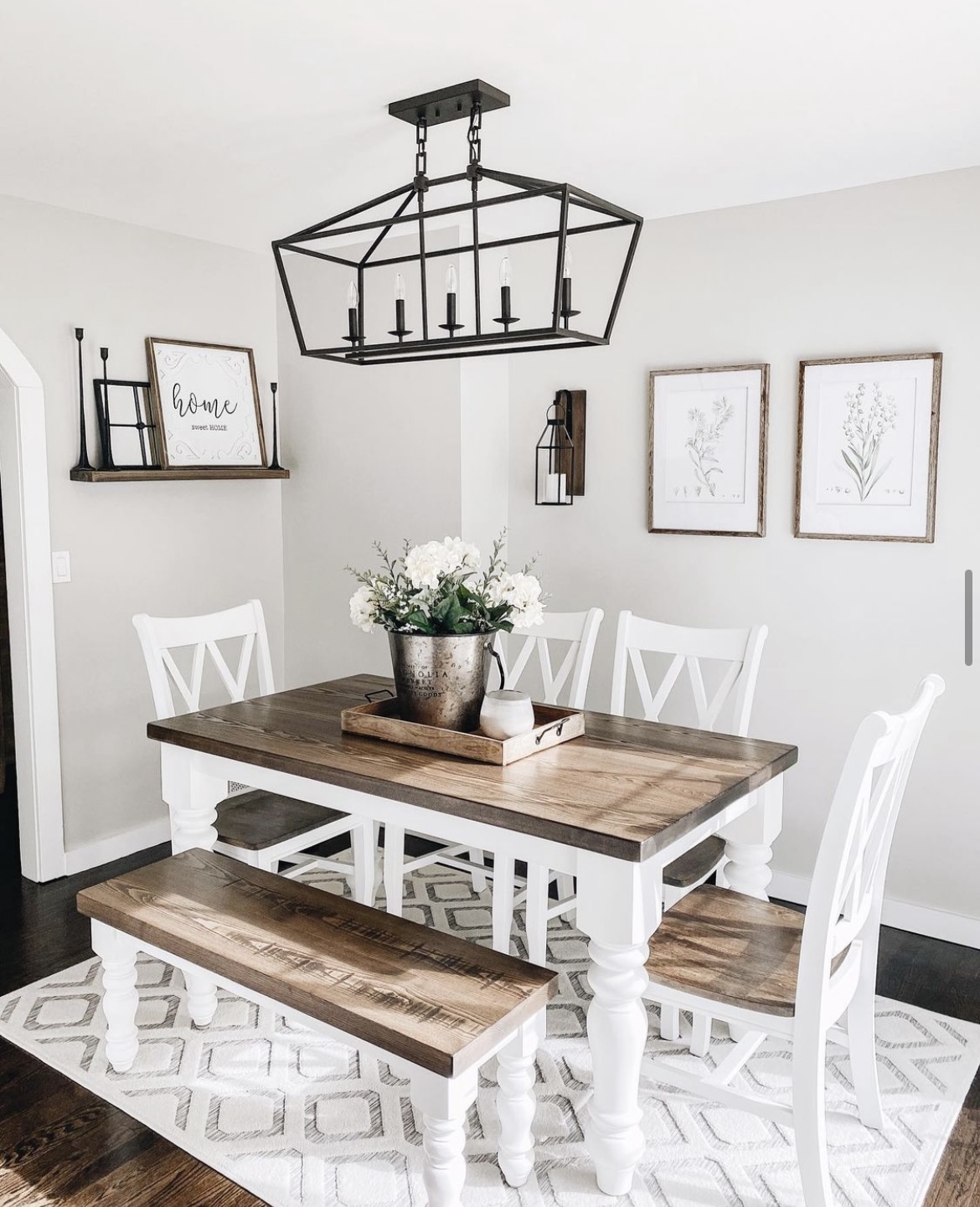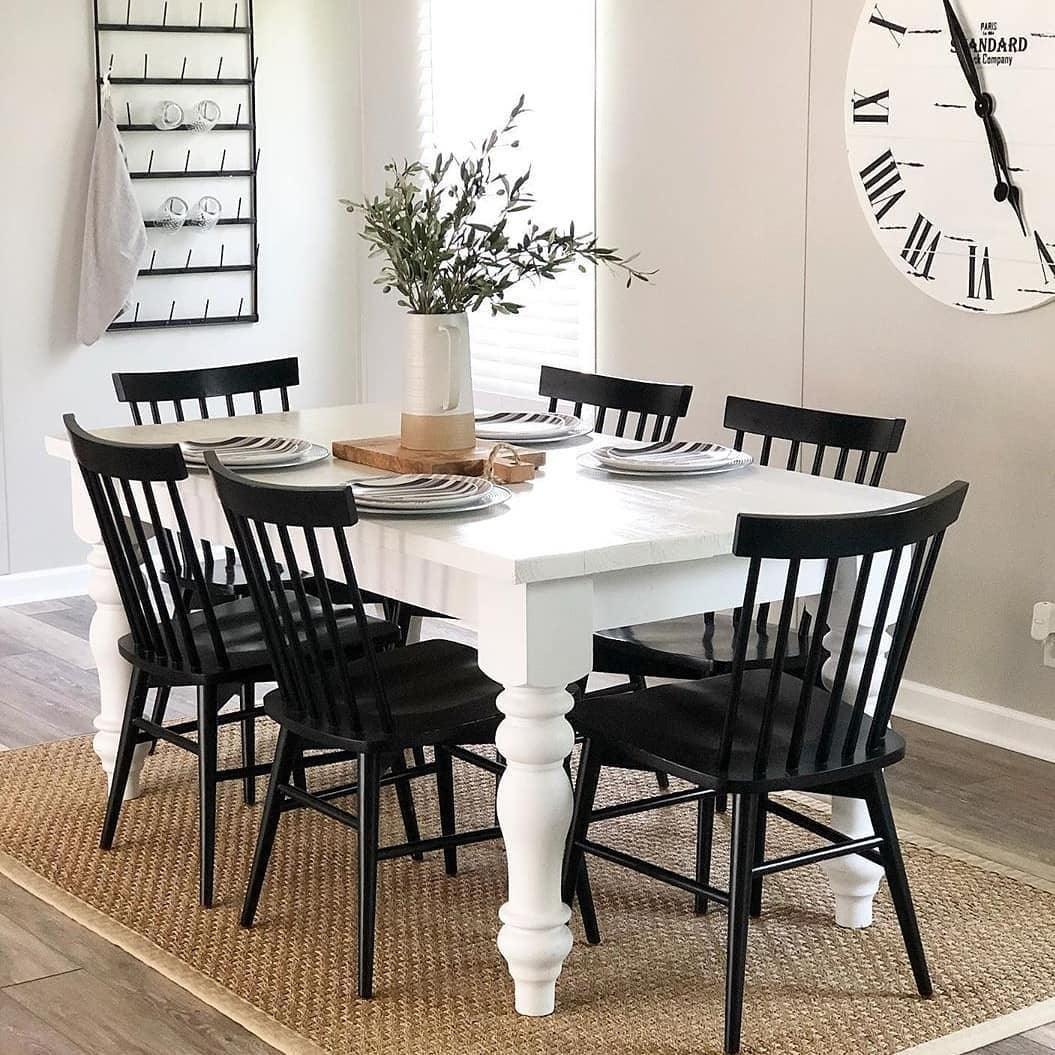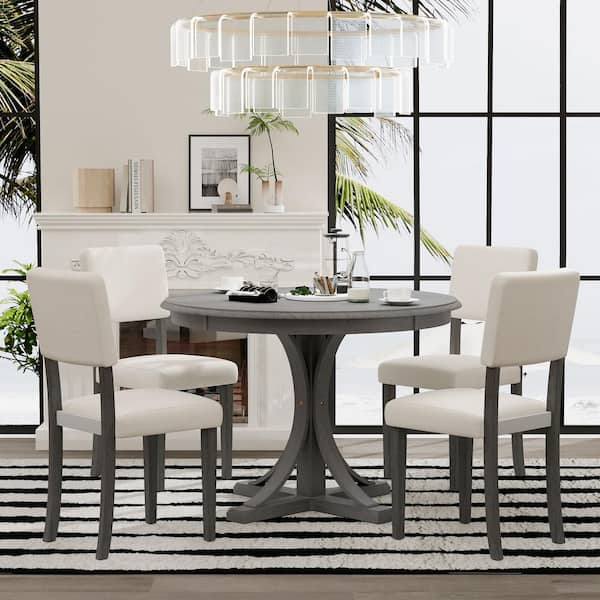Unique Dining Room Table Legs That Will Elevate Your Dining Area
Unique Dining Room Table Legs That Will Elevate Your Dining Area
Blog Article
Just How to Pick the Perfect Eating Room Table Legs for Your Home Decoration
Selecting the optimal eating area table legs is a nuanced process that requires mindful consideration of various aspects, including your area constraints, visual preferences, and functional demands. The interaction in between measurements, products, and designs can substantially influence the atmosphere of your dining location, making it crucial to approach this decision carefully.
Assess Your Dining Area
Assessing your dining area is crucial for selecting the right table legs that enhance both aesthetics and performance. Begin by measuring the dimensions of your eating location, including ceiling height, floor space, and proximity to other furnishings. This info will certainly aid determine the appropriate dimension and elevation of your eating table, which straight influences the option of table legs.
Following, think about the design and layout of your dining space. An open-concept style might benefit from table legs that use aesthetic lightness, such as slim steel or acrylic alternatives. Alternatively, a more conventional setting could ask for strong wooden legs that supply a sense of durability.
Assess the existing shade scheme and products in your eating area. Integrating the table legs with these components develops a cohesive appearance that improves the total decoration.
Eventually, an extensive assessment of your dining room will assist you in making an informed decision, guaranteeing that your table legs not just enhance the visual appeal but also serve practical purposes.
Consider Your Style Preferences
When picking dining-room table legs, it is necessary to review your personal design preferences, as they dramatically influence the overall visual of your dining room. Your option of table legs can either complement or contrast with existing design, making it vital to align them with your preferred interior layout theme.
If your home leans towards a modern visual, consider streamlined steel or minimal wooden legs that provide a tidy, uncluttered look. For a more typical strategy, ornate wood legs with detailed carvings can add a touch of sophistication and refinement. Industrial designs gain from robust, resources such as reclaimed timber and steel mixes, mirroring a rugged beauty.
Furthermore, farmhouse and rustic styles often prefer sturdy, beefy legs that stimulate a feeling of heat and comfort. Alternatively, if your decoration is diverse, you may pick unconventional shapes or a mix of materials to develop aesthetic passion.

Evaluate Material Options
The option of product for eating area table legs plays a critical function in both longevity and visual charm. Typical materials include wood, metal, and composite choices, each offering distinct qualities that can influence the overall look and long life of your table.
Wood is a timeless selection, understood for its warmth and versatility. Hardwoods like oak and walnut supply extraordinary stamina and can be finished in different discolorations to match any design. Softwoods like pine are more vulnerable to scratches and dents, making them less perfect for high-traffic locations.
Metal legs, commonly crafted from steel or aluminum, emanate modernity and commercial charm. They are immune and highly sturdy to put on, making them ideal for family members with youngsters or frequent celebrations (dining room table legs). Furthermore, metal can be completed in various shades, enhancing the personalization opportunities
Composite materials, such as MDF or laminate, offer price and diverse designs. While typically less long lasting than solid wood or metal, they can still give a fashionable appearance and are usually easy to preserve.
Eventually, the material you choose must straighten with your way of living, visual choices, and the degree of use your eating table will certainly experience.
Determine Elevation and Size
Selecting the suitable elevation and dimension for your dining area table is necessary for both functionality and comfort. The typical height for eating tables usually varies from 28 to 30 inches, allowing enough legroom for many people when seated. It is essential to consider the measurements of your dining area and the types of chairs you prepare to utilize.

Moreover, take into consideration the proportions of your dining room. A larger table in a spacious area can create a grand setting, while a smaller table works well in even more intimate setups. Eventually, the right height and size will certainly harmonize with your total style and boost the eating experience for you and your guests.
Explore Customization Opportunities

In addition, the design of the legs can be tailored to fit various designs, such as rustic, modern, or commercial. For instance, conical legs can evoke a mid-century modern-day feeling, while beefy, block-style legs might resonate with conventional or farmhouse decor.
House owners can likewise explore color coatings, from all-natural timber spots to repaint, allowing them to match or contrast with the table top and surrounding style.
In addition, leg height can be gotten used to accommodate particular seating plans or personal preferences, improving pop over to this web-site both comfort and performance.
Last but not least, one-of-a-kind decorations, such as makings or attractive braces, can further personalize the table legs, making the eating experience not simply a meal but a declaration piece in the home. By taking into consideration these customization choices, home owners can develop a dining space table that absolutely shows their individuality.
Final Thought
Choosing the optimal dining-room table legs requires cautious consideration of different aspects, including the measurements of the eating room, style choices, material toughness, and wanted elevation. Customization choices further boost the ability to achieve a cohesive visual that complements the total decor. By methodically evaluating these elements, homeowners can make sure that the picked table legs not just meet functional needs yet likewise add positively to the eating experience and ambiance of the home.
Selecting the perfect eating area table legs is a nuanced procedure that calls for cautious consideration of different aspects, including your room restrictions, visual choices, and useful needs.Analyzing your eating room is important for selecting the right table legs that enhance both looks and functionality.When figuring out dimension, determine the area where the table will be positioned to ensure it fits easily, permitting for at the find more very least 36 inches of clearance around the table for very easy motion. A bigger table in a sizable area can produce a grand atmosphere, while a smaller sized table functions well in more intimate settings.Picking the excellent dining room table legs needs cautious factor to consider of numerous variables, including the dimensions of the eating space, design preferences, product durability, and preferred height.
Report this page